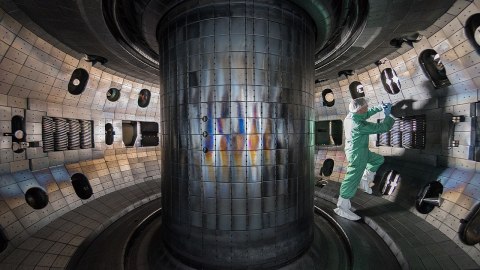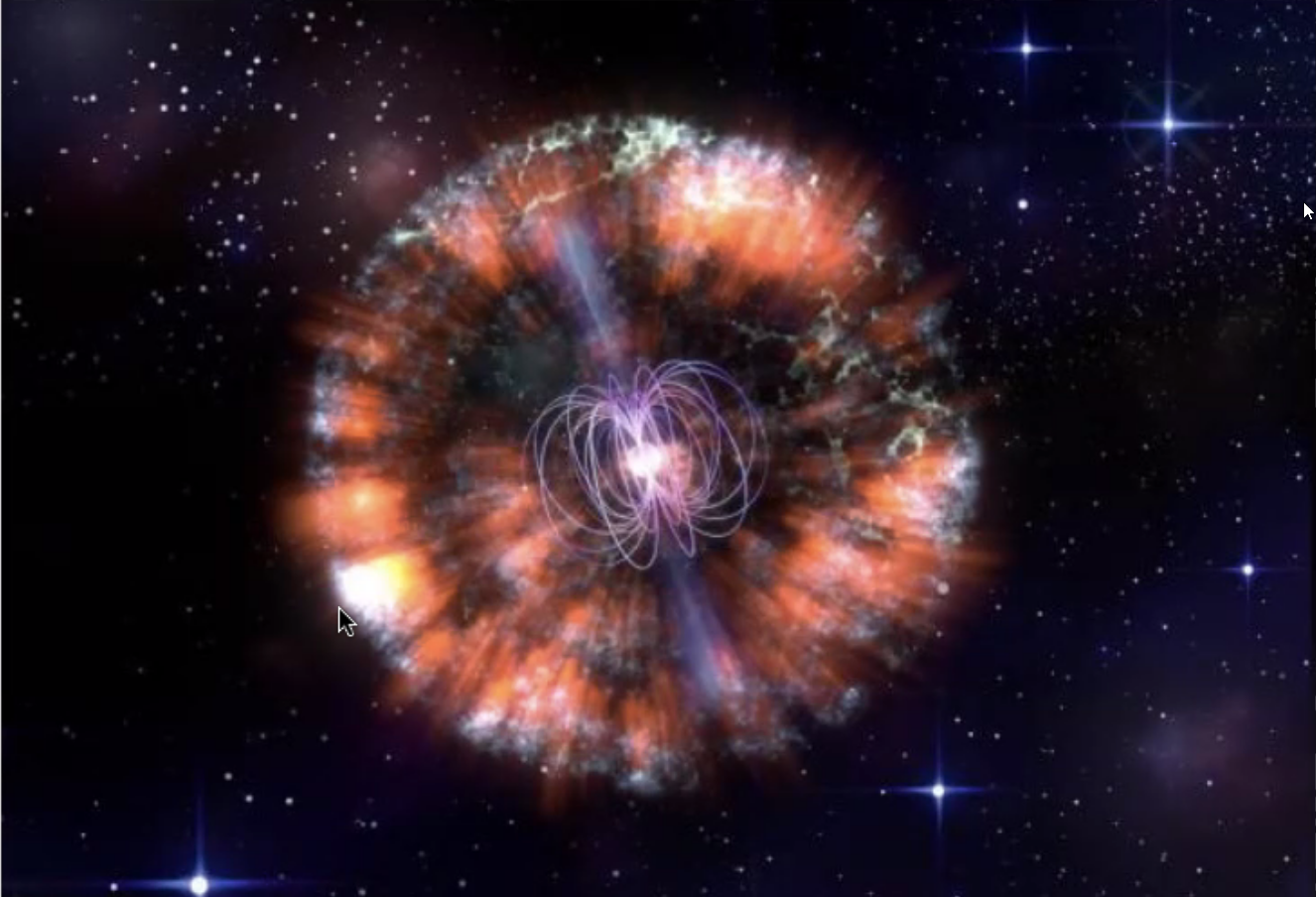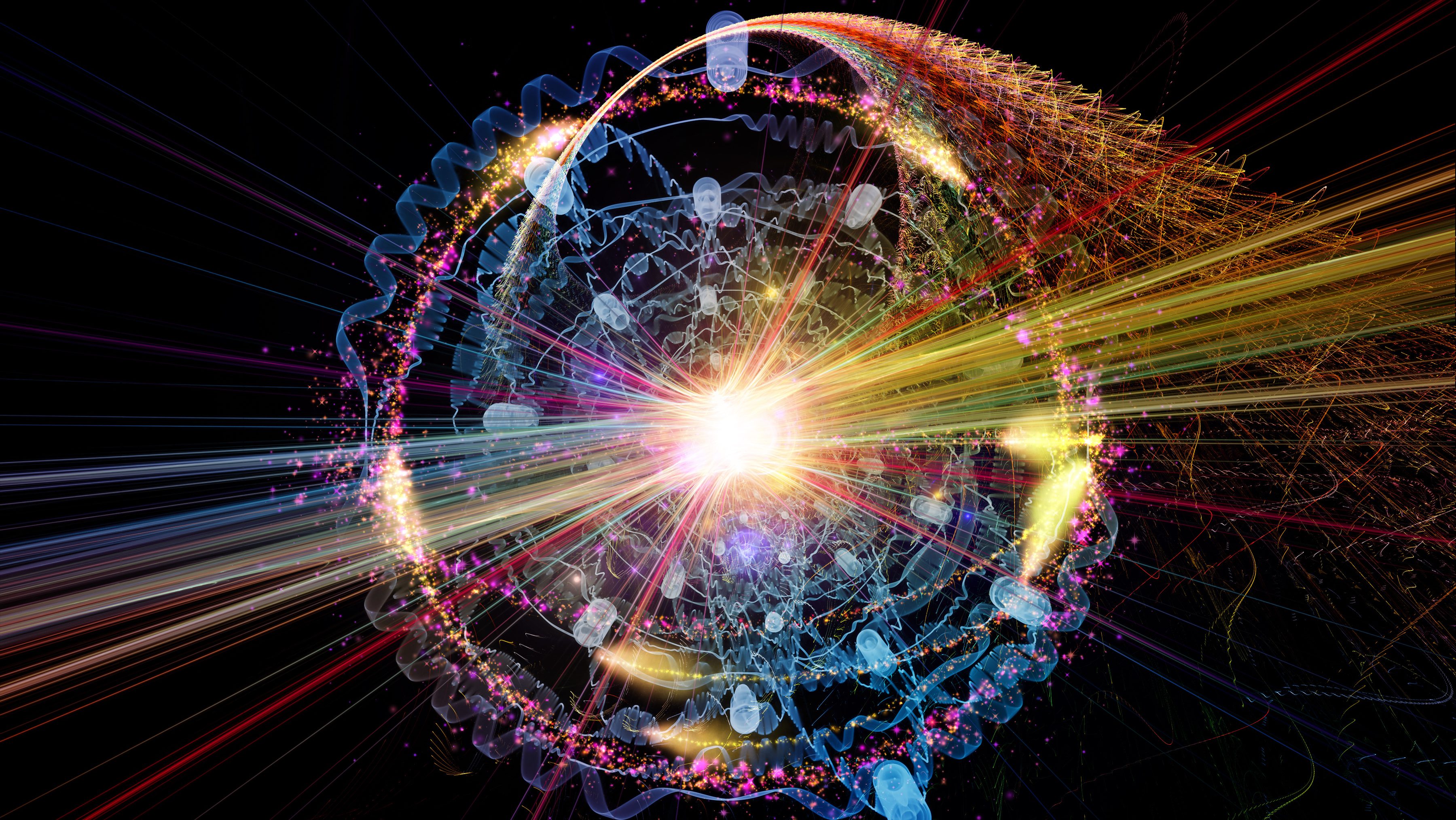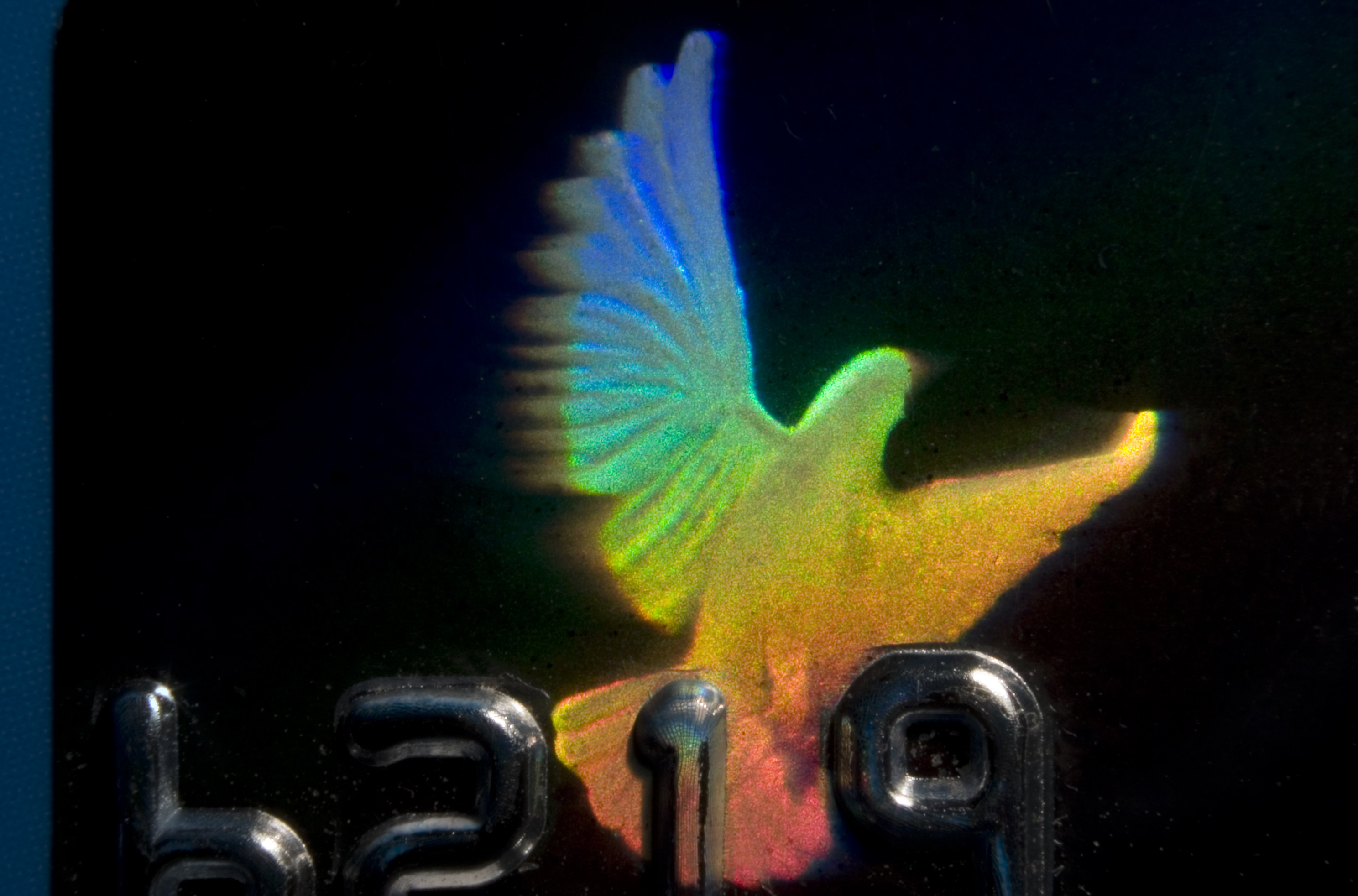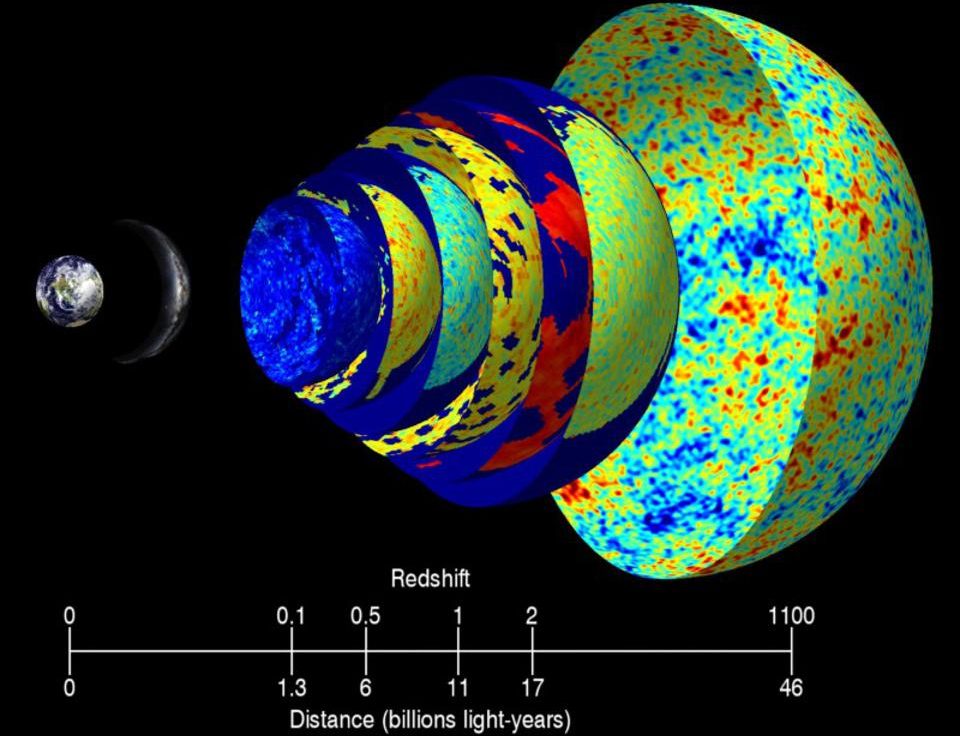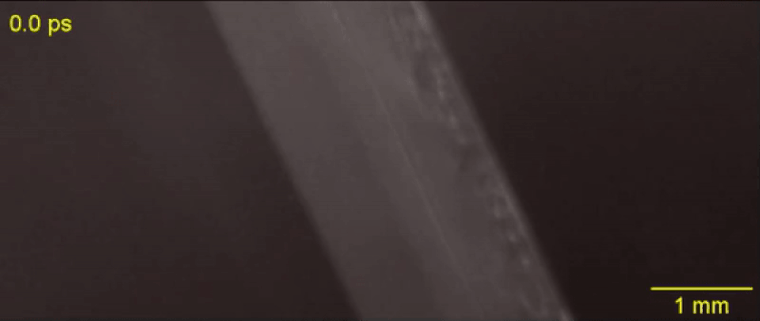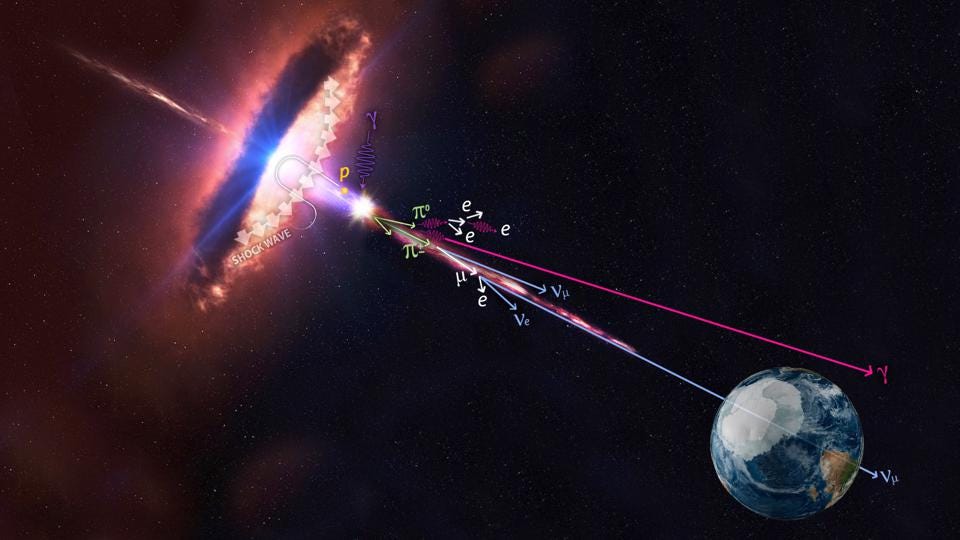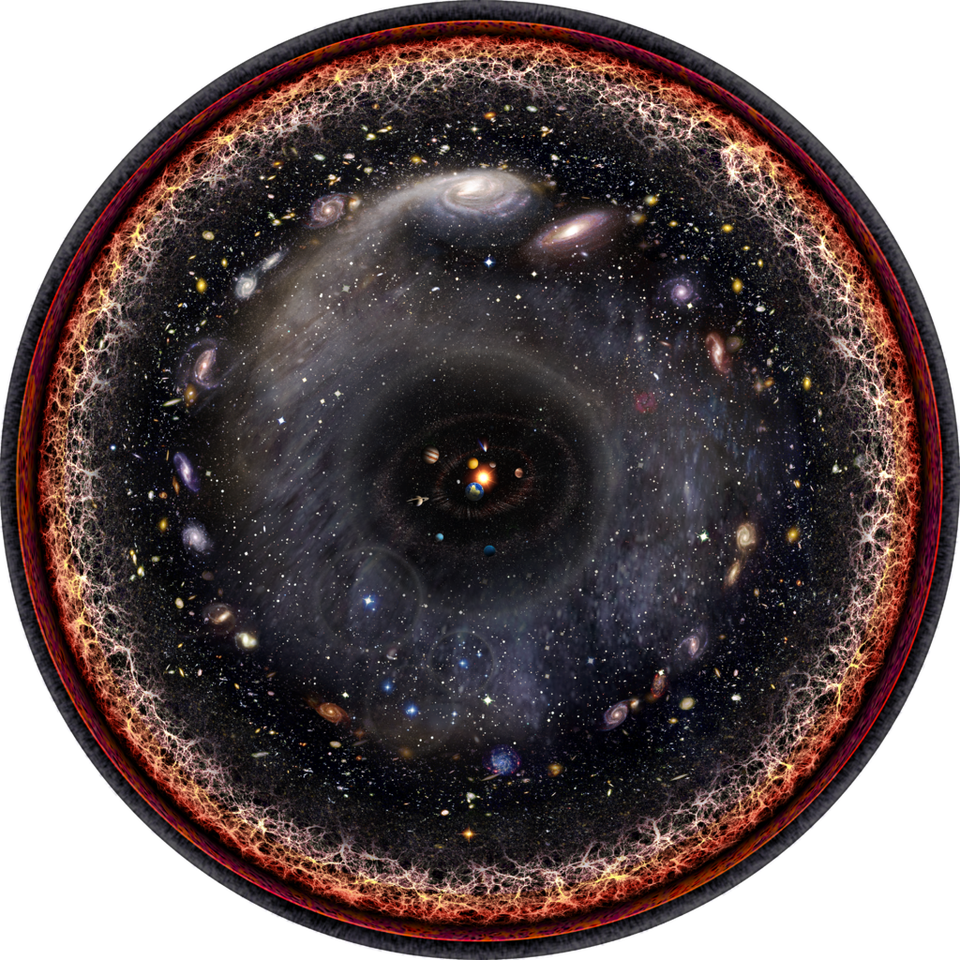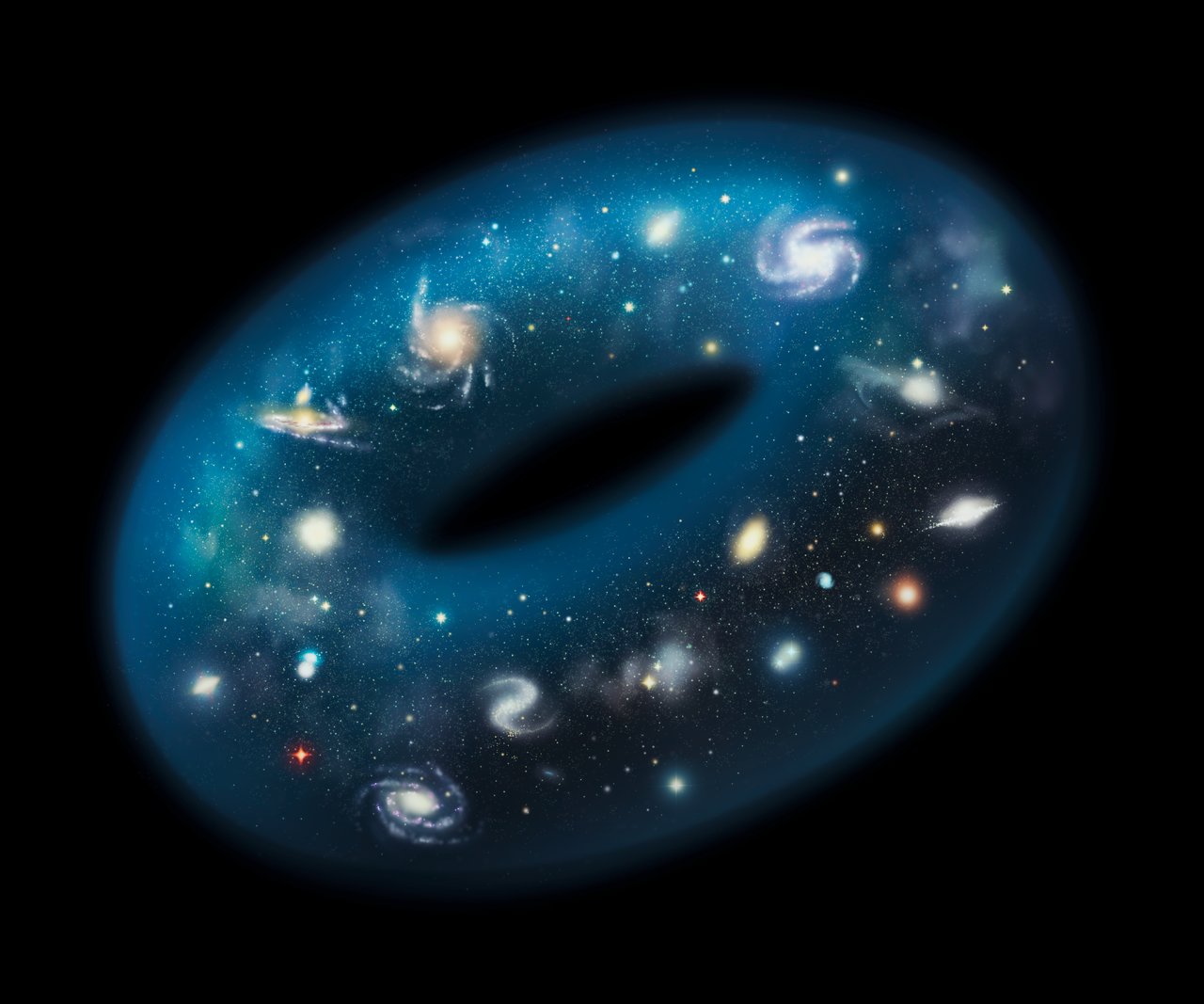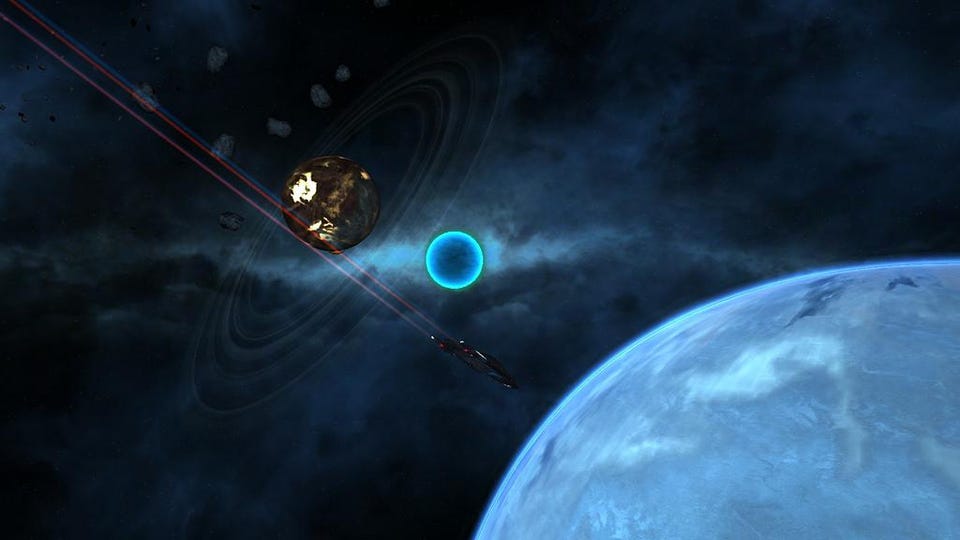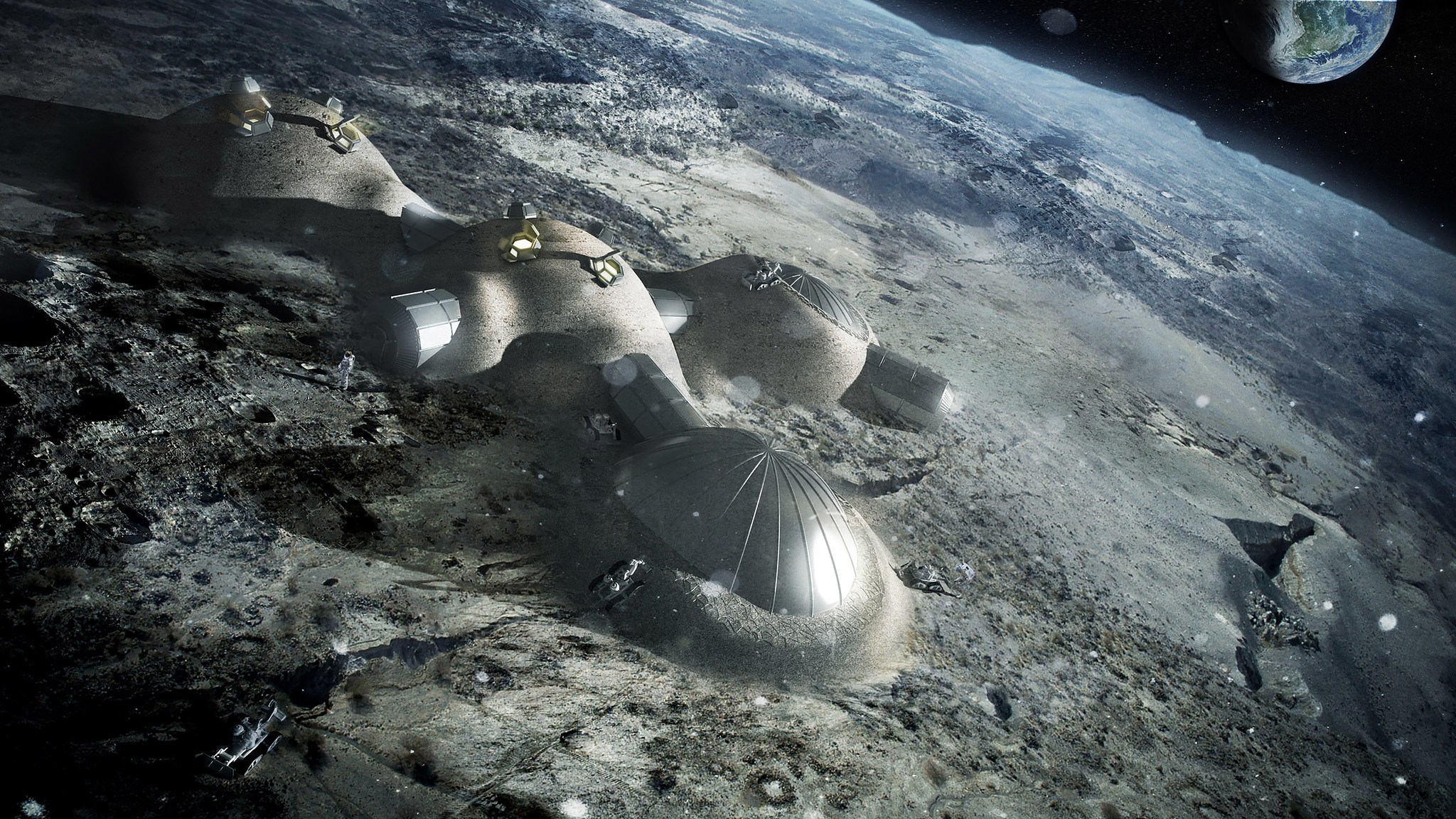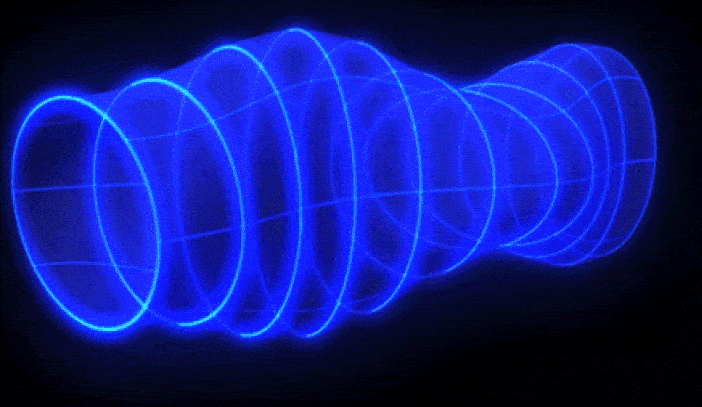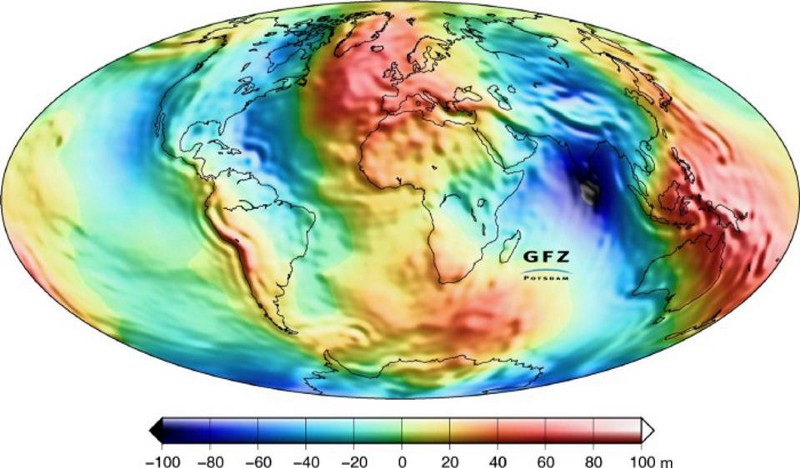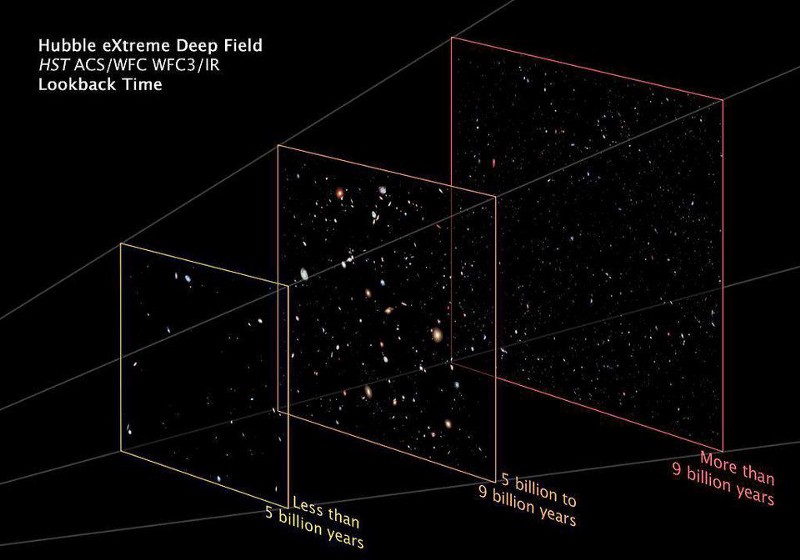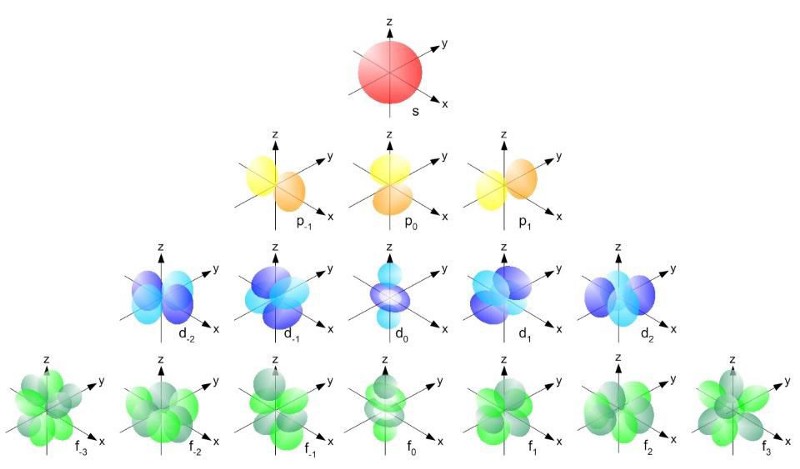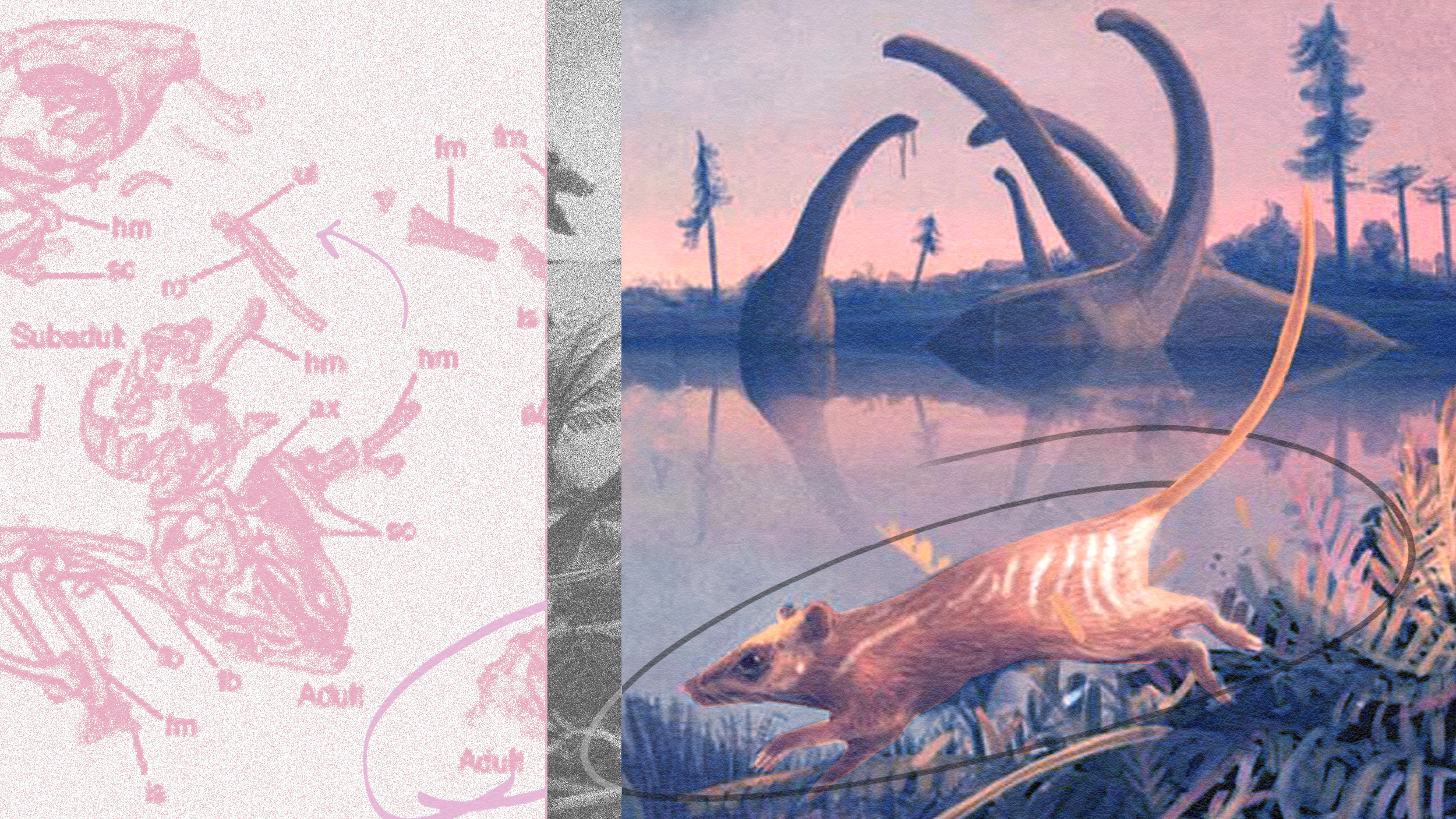The Universe is out there, waiting for you to discover it.
Our mission: to answer, scientifically, the biggest questions of all.
- What is our Universe made of?
- How did it become the way it is today?
- Where did everything come from?
- What is the ultimate fate of the cosmos?
For countless generations, these were questions without resolutions. Now, for the first time in history, we have scientific answers. Starts With A Bang, written by Dr. Ethan Siegel, brings these stories — of what we know and how we know it — directly to you.
Featured
Why power generated through nuclear fusion will be the future, but not the present, solution to humanity’s energy needs.
It’s a strange idea to consider: that a tiny building block of matter, the atomic nucleus, holds the greatest potential for energy release.
And yet, it’s true; while electron transitions in atoms or molecules typically release energy on the order of ~1 electron-Volt, nuclear transitions between different configurations release energies a million times as great, on the order of ~1 Mega-electron-Volt.
Popular
From before the Big Bang to the present day, the Universe goes through many eras. Dark energy heralds the final one.
A wild, compelling idea without a direct, practical test, the Multiverse is highly controversial. But its supporting pillars sure are stable.
The surface and atmosphere is colored by ferric oxides. Beneath a very thin layer, mere millimeters deep in places, it’s not red anymore.
The first supernova ever discovered through its X-rays has an enormously powerful engine at its core. It’s unlike anything ever seen.
Just 13.8 billion years after the hot Big Bang, we can see 46.1 billion light-years away in all directions. Doesn’t that violate…something?
All Stories
Practically all of the matter we see and interact with is made of atoms, which are mostly empty space. Then why is reality so… solid?
Holograms preserve all of an object’s 3D information, but on a 2D surface. Could the holographic Universe idea lead us to higher dimensions?
In the 20th century, many options abounded as to our cosmic origins. Today, only the Big Bang survives, thanks to this critical evidence.
No matter how good our measurement devices get, certain quantum properties always possess an inherent uncertainty. Can we figure out why?
At a fundamental level, only a few particles and forces govern all of reality. How do their combinations create human consciousness?
In all the Universe, only a few particles are eternally stable. The photon, the quantum of light, has an infinite lifetime. Or does it?
Our Universe requires dark matter in order to make sense of things, astrophysically. Could massive photons do the trick?
For some reason, when we talk about the age of stars, galaxies, and the Universe, we use “years” to measure time. Can we do better?
If you think of the Big Bang as an explosion, we can trace it back to a single point-of-origin. But what if it happened everywhere at once?
Is the Universe finite or infinite? Does it go on forever or loop back on itself? Here’s what would happen if you traveled forever.
Life arose on Earth very early on. After a few billion years, here we are: intelligent and technologically advanced. Where’s everyone else?
The first world that humans should inhabit beyond the Earth is the Moon, not Mars. Here’s why terraforming our lunar neighbor is so appealing.
Many contrarians dispute that cosmic inflation occurred. The evidence says otherwise.
And either way, is energy or information conserved? When two things in the Universe that “always” occur meet one another, how do you know which one will win? Gravitational waves, […]
Scalars, vectors, and tensors come up all the time in science. But what are they? One of the major goals of science is to describe our reality as accurately as possible. […]
Are dark matter and dark energy both two sides of the same coin? When it comes to the Universe, what you can easily see isn’t always reflective of all there is. […]
The Big Bang is our accepted origin of the Universe. But is there another possibility? Since the mid-1960s and the discovery of the Cosmic Microwave Background, the Big Bang has […]
We’ve argued over ideology for far too long. It’s time to pick a better route to prosperity. In every civilized society around the world, there’s a trade-off that must be […]
Forget the speed of light or the electron’s charge. This is the physical constant that really matters. Why is our Universe the way it is, and not some other way? There […]
The history of life on Earth took many meandering turns before it gave rise to us. When Earth first formed, all the raw ingredients for life — atoms, molecules, a potentially habitable planet […]
